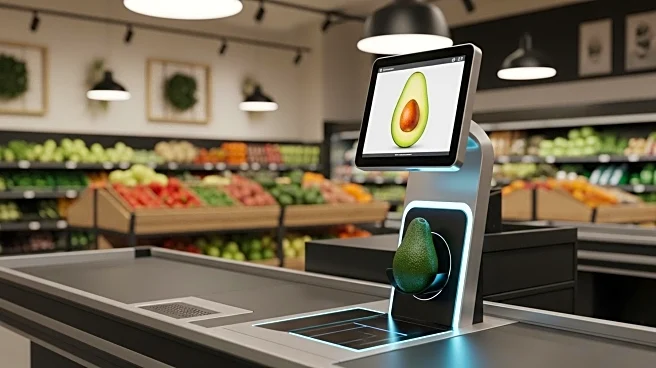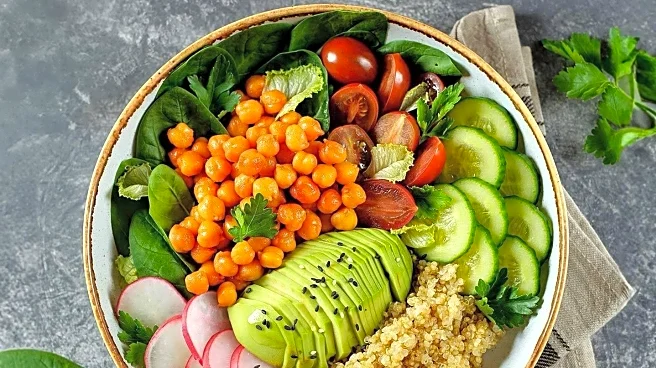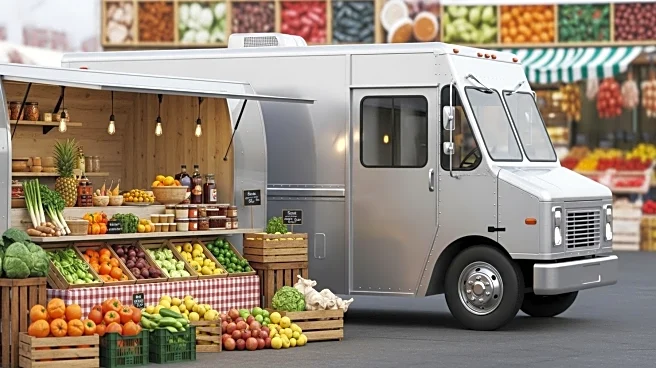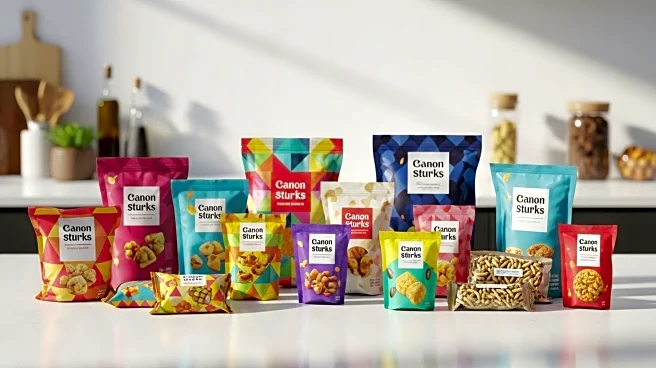What is the story about?
What's Happening?
Food and beverage manufacturers are increasingly collaborating to create innovative products. Notable partnerships include Hershey Co. and Mondelez International launching Oreo and Reese's co-branded snacks, and Fly By Jing teaming up with Frankie Gaw for a chili crisp ketchup. General Mills and Hormel Black Label have also collaborated on a Cinnamon Toast Crunch bacon-flavored cereal. These collaborations aim to tap into consumer demand for unique and culturally relevant products, leveraging brand strengths to create new market opportunities.
Why It's Important?
Collaborative product launches in the food industry reflect a strategic approach to innovation, allowing companies to combine resources and expertise to meet evolving consumer preferences. These partnerships can enhance brand visibility and expand market reach, offering consumers novel experiences. The trend towards collaboration may drive competitive dynamics, encouraging other companies to explore similar strategies. Successful collaborations can lead to increased sales and brand loyalty, impacting industry growth and consumer choice. The focus on cultural relevance and unique flavors highlights the importance of diversity in product development.
What's Next?
As collaborative innovation gains traction, more companies may seek partnerships to differentiate their offerings and capture consumer interest. Monitoring consumer response to these products will be crucial in assessing their success and guiding future collaborations. The trend may also influence marketing strategies, with brands emphasizing the unique aspects of their partnerships. Continued innovation through collaboration could lead to a broader range of products that cater to diverse consumer tastes, potentially reshaping industry standards and expectations.
AI Generated Content
Do you find this article useful?














